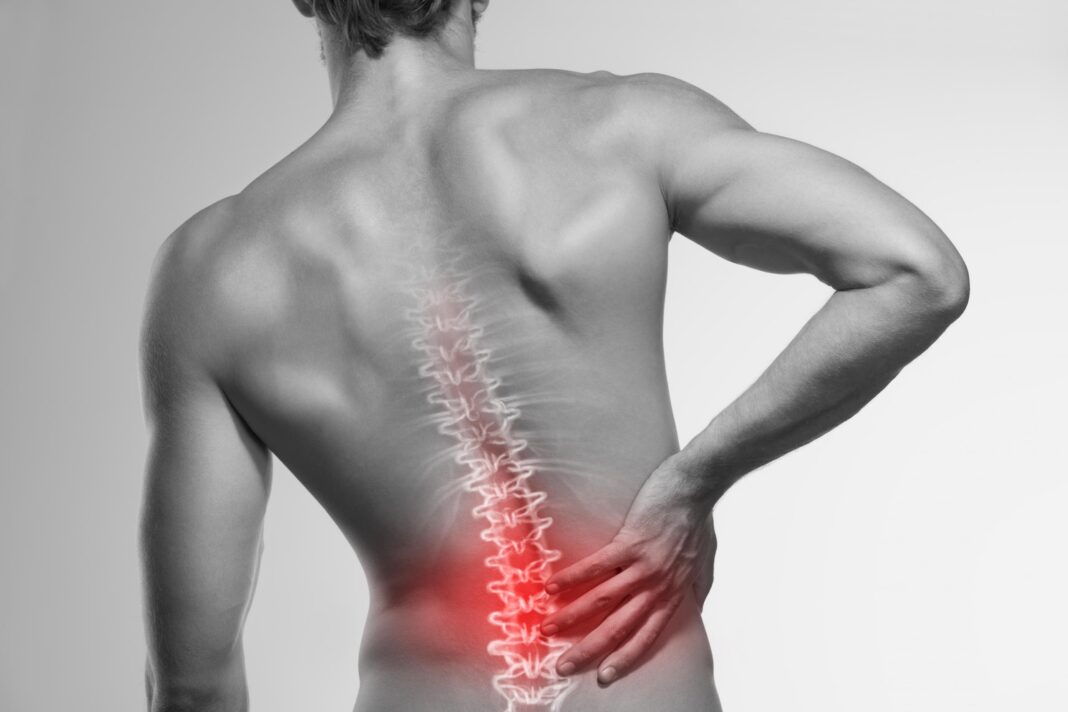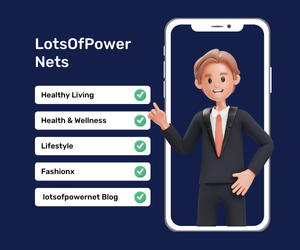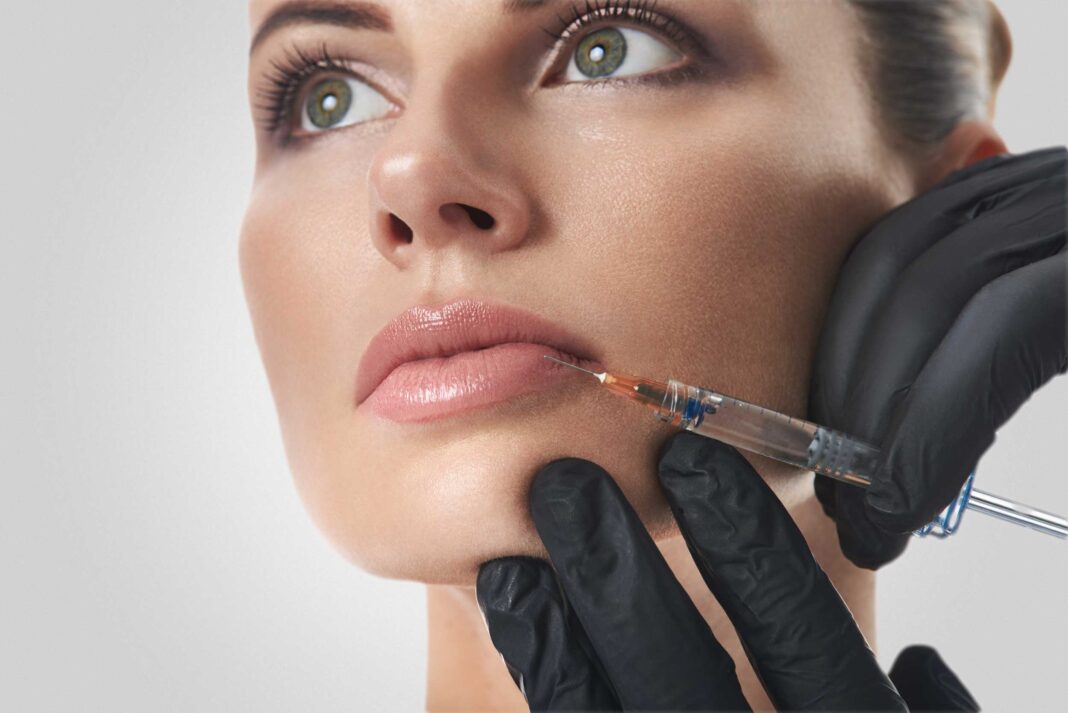Lower back pain affects millions of people and represents one of the most common reasons for medical consultations. This condition ranges from mild discomfort to debilitating pain that interferes with daily activities. Understanding the nature of back pain, its causes, and available treatment options can help individuals make informed decisions about their care.
What Is Lower Back Pain?
Lower back pain refers to discomfort, stiffness, or pain that occurs in the lumbar region of the spine. This area consists of five vertebrae located between the ribcage and the pelvis. The lumbar spine supports the upper body’s weight and allows for various movements, including bending, twisting, and lifting.
The pain can be classified as acute or chronic based on its duration. Acute pain typically lasts for a few days to several weeks. Chronic pain persists for longer than three months and may require more comprehensive treatment approaches.
What Causes It?
Multiple factors can contribute to the development of back pain. Muscle strains and ligament sprains are among the most common causes, often resulting from sudden movements, heavy lifting, or poor posture. These injuries may occur when muscles or ligaments are stretched beyond their normal range of motion.
Herniated or bulging discs are another frequent cause of back pain. The discs act as cushions between the vertebrae, and when they become damaged, they may press against nearby nerves. This can result in pain that radiates down the legs, a condition known as sciatica.
Degenerative conditions such as arthritis, spinal stenosis, and osteoporosis may also lead to back pain. These conditions typically develop over time and may cause structural changes in the spine. Age-related wear and tear on the spine’s components can contribute to pain and stiffness in the lower back region.
What Are Supportive Devices?
Supportive devices are tools designed to provide additional support, stability, or pain relief for the lower back. These devices come in various forms and can be used during different activities or throughout the day. Back braces and lumbar support belts are standard types of supportive devices that wrap around the waist and lower back.
Orthotic insoles and supportive footwear also serve as supportive devices for lower back pain. These products help maintain proper alignment and reduce stress on the lower back during walking and standing activities. Ergonomic cushions and lumbar supports for chairs provide additional support while sitting. Heat and cold therapy devices, such as heating pads and ice packs, can provide temporary relief from pain.
How Do They Help Alleviate Pain?
Supportive devices work through various mechanisms to reduce lower back pain and improve function. Back braces and lumbar supports help maintain proper spinal alignment and reduce stress on the muscles and ligaments. Ergonomic supports and cushions help preserve the natural curve of the spine while sitting or lying down. Heat therapy devices increase blood flow to the affected area, which helps relax muscles and reduce stiffness.
Find Relief Today
Back pain can significantly impact daily life, but understanding its causes and available supportive options helps individuals find relief. Supportive devices offer non-invasive approaches to managing pain and improving function in many cases. Take the first step toward managing your back pain by exploring available supportive devices and consulting with a healthcare provider about the most appropriate treatment approach for your situation.
- Must-Have Candle Making Supplies for Seasonal Scents
- Affordable Paths to Homeownership
- Gamerxo Dot Com: The Complete Guide to a Trusted Gaming Platform for U.S. Gamers
- Husziaromntixretos: A Complete and In-Depth Guide to Understanding This Emerging Digital Concept
- The Benefits of Seeing a Dermatologist for Children





